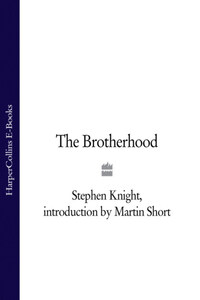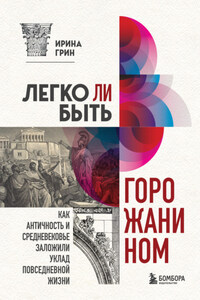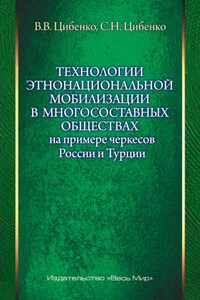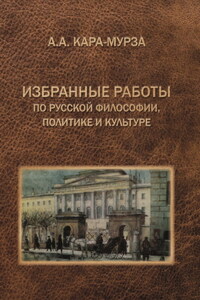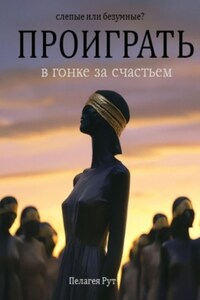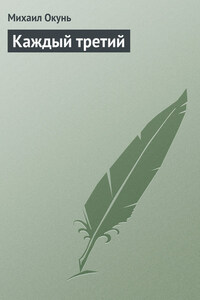William Collins
An imprint of HarperCollinsPublishers Ltd. 1 London Bridge Street London SE1 9GF
www.harpercollins.co.uk
This edition published by Harper Perennial 2007
First published in Great Britain by Granada Publishing 1983
Copyright © Stephen Knight 1983
Foreword © Martin Short 2007
Stephen Knight asserts the moral right
to be identified as the author of this work
A catalogue record for this book
is available from the British Library
All rights reserved under International and Pan-American Copyright Conventions. By payment of the required fees, you have been granted the non-exclusive, non-transferable right to access and read the text of this ebook on-screen. No part of this text may be reproduced, transmitted, down-loaded, decompiled, reverse engineered, or stored in or introduced into any information storage and retrieval system, in any form or by any means, whether electronic or mechanical, now known or hereinafter invented, without the express written permission of HarperCollins ebooks
HarperCollinsPublishers has made every reasonable effort to ensure that any picture content and written content in this ebook has been included or removed in accordance with the contractual and technological constraints in operation at the time of publication
Source ISBN: 9780007246298
Ebook Edition © AUGUST 2010 ISBN: 9780007370726 Version: 2017-05-02
As the author of the sequel to The Brotherhood, I am proud to be mistaken sometimes for Stephen Knight. This honour has its drawbacks. Recently I came across a Masonic website revealing that in 2004 the Grand Master of the United Grand Lodge of England (otherwise known as the Duke of Kent) received a letter from a non-Mason containing these words:
I admire your decision in 2003 not to ‘cut the throats’ of your members who disclose the Masonic secrets, although this did not help Martin Short (author of Inside the Brotherhood) who unfortunately died of a brain tumour as reported in the press, even though we both know ‘you’ authorised his murder as well as hundreds of other innocent people’s.
Reports of my death are exaggerated but for Stephen Knight they are true to this extent: he did die of a brain tumour in 1985, a little over a year after his explosive exposure of Freemasonry was published.
Four years later, in Inside the Brotherhood, I gave a detailed account of his death, so readers could decide for themselves if he had died from natural causes or a Masonic conspiracy, as was widely rumoured at the time. For some people this remains a matter of intense curiosity. I have learned nothing since to alter what I said then: His troubles began in 1977 when he had an epileptic fit. He had a brain scan which was interpreted as revealing a ‘cerebral infarct’: a small dead area of the brain which might have been caused many years earlier when he had been accidentally hit with a cricket bat. This condition is not necessarily dangerous but it might have been the cause of the epilepsy. In the next three years Stephen suffered many epileptic attacks until they were striking every six weeks.
He had been told to have another scan but did not have £100 to pay for it. However, in 1980 he spotted a newspaper advertisement for guinea-pigs to help with a BBC Horizon programme on epilepsy. He volunteered and was tested on a new brain-scan machine which revealed a cerebral tumour: a malignant cancer which, if untreated, would certainly kill him. Horizon captured this awful moment on film. With Stephen’s full accord his fight for survival now became the programme’s main theme. He promptly underwent a biopsy which removed 70 per cent of the tumour. He was told the rest could be treated with radiation and he had a good chance of full recovery. The epilepsy ceased. Stephen took this to mean the illness was over, and got on with the rest of his life. When I met him in 1981 he was recovering well physically and was in good mental form.
